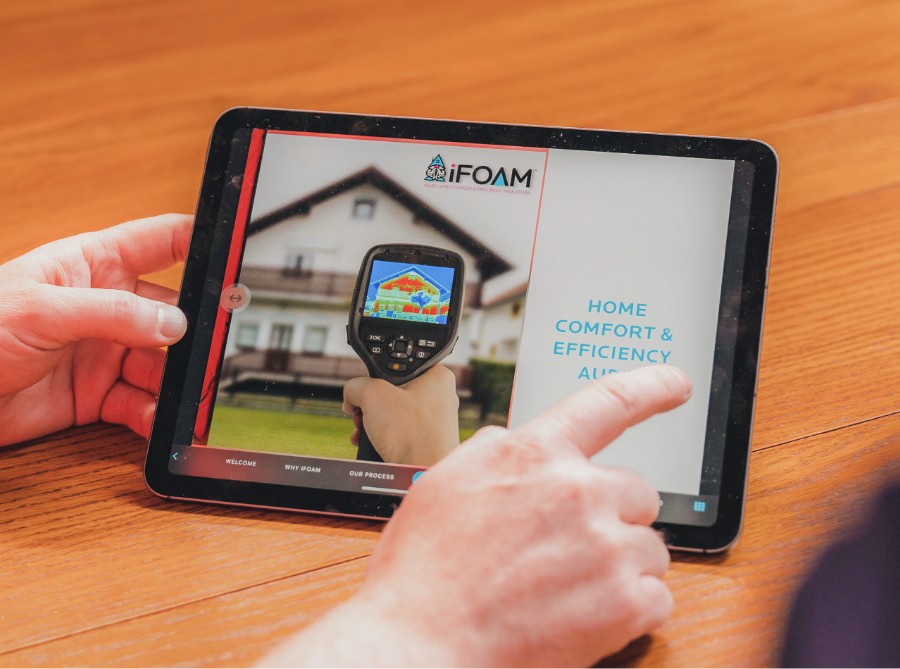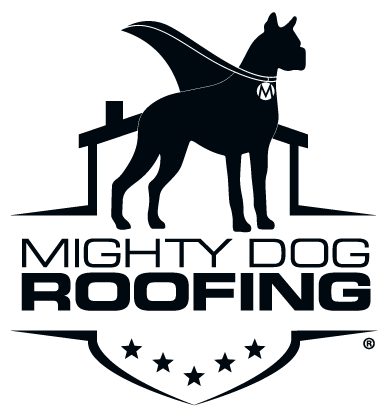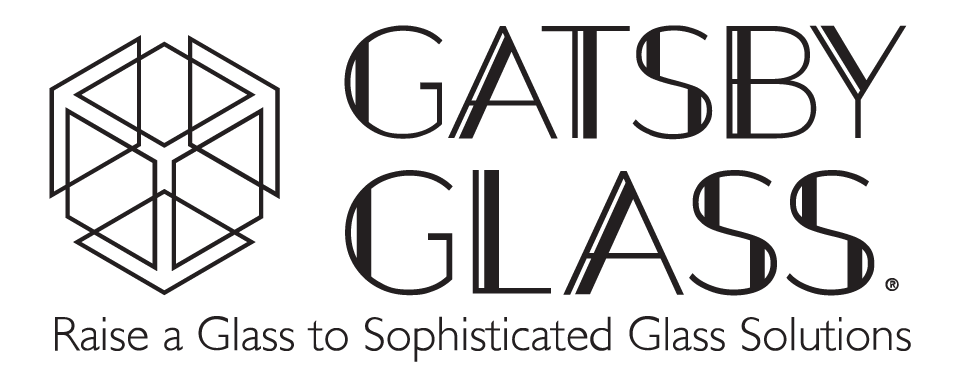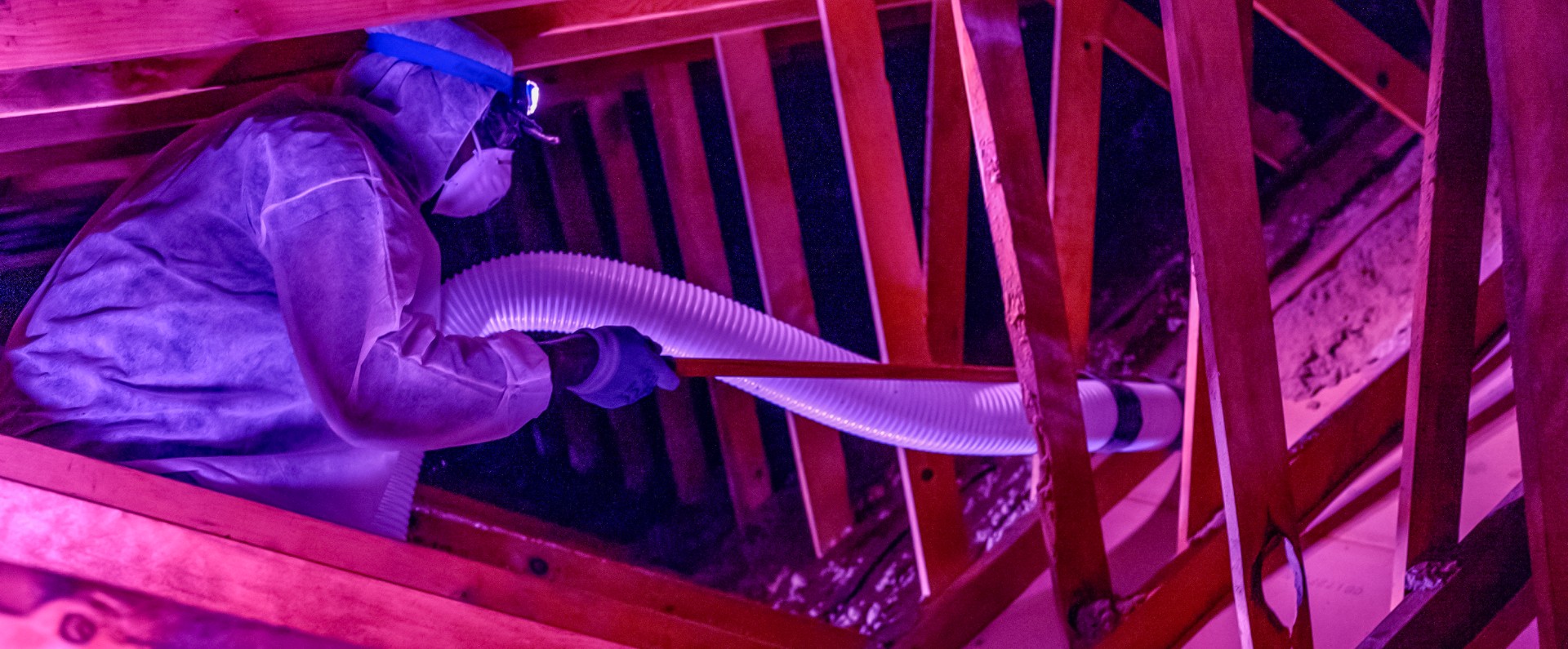
Blown-In Cellulose Insulation
Save on Energy Bills & Enhance Your Comfort with Blown Insulation
Blown-in cellulose insulation is one of the most effective and affordable ways to insulate your home – and eco-friendly! iFOAM uses blown-in cellulose made from recycled paper, providing superior thermal performance and sound control. With our expertise and commitment to customer satisfaction, we ensure a professional installation that will save you money on energy bills and enhance your comfort all year round.
Whether you're retrofitting an existing home or insulating a new construction, we can help. As your local insulation contractor, we offer blown-in cellulose for your home insulation needs. We'll begin with a free consultation to assess your space’s insulation needs and provide you with a personalized solution and professional installation. We proudly offer both residential and commercial solutions!
Ready for a warmer, more energy-efficient home? Trust our skilled blown-in insulation contractors to get the job done right. Request your free assessment by calling us at (855) 935-4723 or reach out online.
What Is Blow-In Cellulose Insulation?
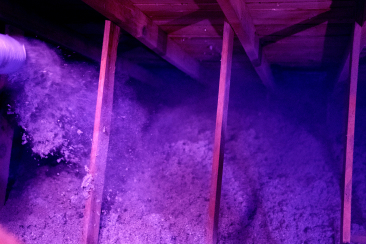
Blown cellulose insulation is made from shredded recycled paper, which is treated with a non-toxic fire retardant.
It's installed using specialized equipment that blows the material through a hose into attics, walls, and other cavities in your home, creating a seamless layer of thermal protection. This method ensures there are no gaps or voids, providing maximum energy efficiency and preventing air leaks.
To ensure an even and consistent application, special blowing equipment is used to distribute the cellulose insulation evenly throughout the cavity, whether that's into a wall, attic, or crawlspace, achieving the ideal thickness. iFOAM follows an installation process that ensures minimal disruption to your home and a clean and professional job.
Why Cellulose Insulation is a Smart Choice
While there are various blow-in insulation materials available, the most popular being fiberglass, cellulose insulation continues to be the superior choice for homeowners looking for a cost-effective, sustainable, and energy-efficient option.
Here's why homeowners choose cellulose over other insulation materials:
- Cost-Effective Solution: Cellulose insulation provides homeowners with a budget-friendly way to insulate their homes effectively without breaking the bank.
- Higher Heat Flow Resistance: Cellulose boasts a higher heat flow resistance compared to fiberglass, ensuring better temperature regulation within homes.
- Impressive R-Value: With an R-value ranging from 3.2 to 3.8 per inch, cellulose insulation ensures a high level of thermal resistance, optimizing energy conservation.
- Eco-Friendly Option: Often made from recycled materials, cellulose insulation aligns with sustainable practices, reducing waste and lessening your environmental impact.
- Consistent Performance: Cellulose insulation is designed for longevity, providing consistent thermal protection and energy efficiency for many years, ensuring homeowners get great value for their investment.
iFOAM is ready to help you explore the benefits of blown-in cellulose insulation. Start with a free consultation from our team of specialists, whether you’re insulating a new construction, retrofitting an existing home, or adding insulation to a renovation. Make the smart choice for your home and the environment today!
Request your free assessment by contacting your local iFOAM contractor today. Reach out online or call us at (855) 935-4723 for your free assessment.
-
STEPSchedule a Free AssessmentDuring your free in-home assessment, we’ll evaluate insulation levels and provide honest recommendations for improvement. We’ll leave you with a free estimate to know just what to expect, and we’ll answer all your questions.
-
STEPLet Our Team InstallThanks to our simple and easy installation process, your new insulation system will be installed before you know it! They’ll make sure to get the work done efficiently, accurately, and with minimal disruption to your daily routine.
-
STEPEnsure QualityWith the help of advanced testing techniques and proprietary technology, our team can accurately measure and diagnose insulation performance in any home, ensuring your new installation is working at its best and you’re free of other issues.
-
STEPCleanupBefore we leave, we’ll make sure to clean up any mess created during the installation process. We take pride in leaving our customers’ homes as clean as we found them.
-
STEPFinal InspectionTo finish off our service, we’ll conduct a final inspection to ensure your satisfaction with the installation process and the results. We want to make sure you’re getting the most out of your investment and feeling comfortable in your newly insulated space.


Why Trust Us for Blown-in Insulation Service?

When it comes to blown insulation companies, choosing the right one can make all the difference. At iFOAM, we're committed to providing exceptional service, innovative solutions, and unmatched quality.
Here's why you should choose iFOAM:
- Members of the ICAA. We're members of the Insulation Contractors Association of America (ICAA). We stay up-to-date on the latest industry trends, technologies, and best practices.
- Free Estimates. We will conduct a thorough evaluation of your home and provide a complimentary estimate that fits your needs and budget.
-
How Do I Know If My Home Needs New Insulation?
Here are several signs that your home may need new insulation:
- Frozen Pipes
- Uneaven Temperatures Throughout Your Home
- Cold Floors
- High Energy Bills
- Drafts Around Windows and Doors
- Ice dams
Finally, consider the age of your insulation:
- Batt/Fiberglass. Fiberglass insulation should last roughly 7-10 years.
- Cellulose. Blown-in cellulose should last roughly 10-15 years.
- Spray Foam. Spray foam should last 80-100 years, or the age of the house (as long as it was installed properly).
Our experts can provide an accurate assessment of the state of your home’s insulation. We'll consider your energy efficiency with state-of-the-art technology and years of industry know-how.
Give us a call to book your free consultation!
-
Why Use Spray Foam?
Spray foam has been rated to have the highest efficiency and R-value when compared to other insulation (like batt fiberglass).
Furthermore, spray foam's intuitive design allows it to create an airtight seal even in tricky and problematic spaces. It has been proven to keep out air pollutants and help soundproof buildings.
Visit our blog to learn about spray foam's benefits and why its a great choice for your home.
-
How Much Will My Installation Cost?
Prices vary from project to project. For an accurate assessment tailor-made to your home's needs, give our team a call today! You can also discover additional insights on why spray foam is worth the cost by visiting our blog.
